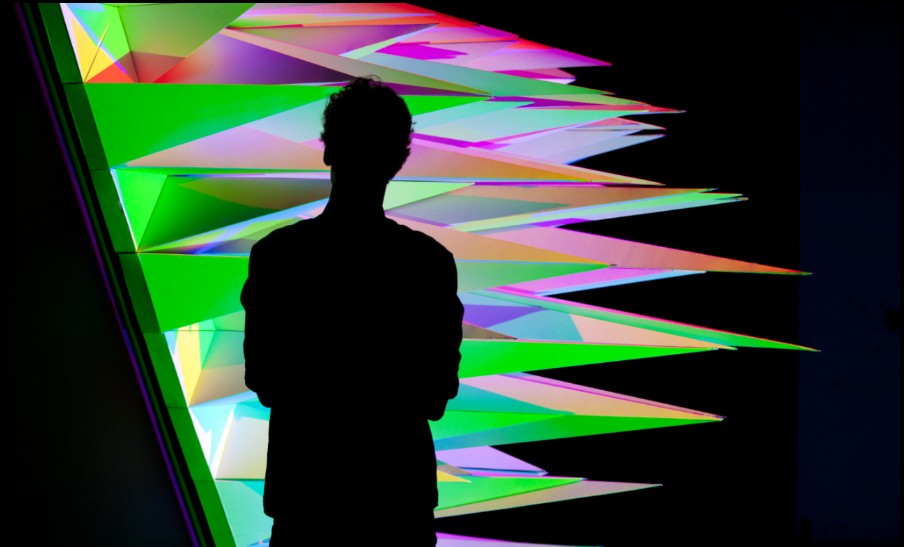
Album: Scene From a Memory
Released in 1999, the album Scene From a Memory is the 5th album of Dream Theater. Dream Theater has pioneered the progressive metal genre, which avoids the common structure of popular music that is mainly composed of verse and chorus. Songs in the album are characterized by music that last for more than 20 minutes. With the long duration of the songs in the album, the complex themes are developed in more detail. The album is comprised of 12 tracks that are interconnected with each other. Such characteristics enable the album to narrate an entire complex story. These tracks narrate the story of a troubled young man named Nicholas who is going through hypnotherapy to analyze his dreams. Nicholas dreams about a young woman named Victoria, who died in 1928. With intensive off-beat and spectacular performance, the entire album lasts for 78 minutes. Readers will feel suspense as they listen to the lyrics of the songs in the album.
Movie: Breathless
The movie Breathless, which first premiered in 1960, is considered as a masterpiece and a cornerstone of Nouvelle Vague. Nouvelle Vague is the French term meaning “the new wave” in film industry that pursues innovative film techniques. Classic French cinema adhered to the principles of strong narration. In contrast, Jean-Luc Godard, the director of Breathless, does not induce the audience to interpret the movie scene in a certain way. In fact, the director constantly reminds the audience that a film is merely a sequence of moving images. As a result, the movie becomes a set of oddly disjointed scenes with coincidental incidents. Furthermore, the movie introduces various film techniques that were first pioneered by Jean-Luc Godard. Particularly, the jump cut* and hand-held shot** are frequently utilized in the film to express the abnormal behavior of the protagonist. The stylistic approaches of Breathless can be seen as a desperate struggle against the mainstream cinema of its time and are a great influence to current cinema.
TV Show: Slow TV
Slow TV craze has swept the world. Its name is derived from the long hours of the broadcast time, as well as from the slow-paced progress of the TV program. The NRK, Norway’s Public Broadcaster, has taken the lead in Slow TV craze. Slow TV first broadcasted Bergen Line in 2009, which shot 7 hours of train journey from Bergen to Oslo along Bergen Line. Unlike many of the television programs that are edited before being broadcasted, Slow TV is aired without any editing and shows the scenery exactly the way it is captured by the camera. As a result, the audience is able to create the story themselves, by spotting different objects in the screen. Following the success of Bergen Line, NRK also filmed Hurtigruten which shows 134 hours of a cruise voyage along the coast of Norway. NRK made an attempt to encourage the audience to focus more on watching Hurtigruten through SNS. As a consequence, the audience can check the current location of the cruise, and participate directly in the program by following the vessel. As a result, over 40% of Norwegians have watched this program. In the complicated fast-pace modern society, the serene program helps relax audiences who are exhausted by their busy routines.
Book: The French Revolution
Many users encounter the world through SNS. In particular, Twitter, which enables users to send and read short messages called “tweets”, has been widely used recently. With the rise of Twitter, Matt Stewart made an attempt to “tweet” his entire novel The French Revolution in 2009. As Twitter limits a post to 140 characters, his novel, which consisted of 48 million letters, was posted by 3,700 tweets. The novel figuratively depicts the French revolution through episodes of a family living in San Francisco. Furthermore, Matt Stewart attempts to create a smart phone application that enables readers to be immersed in the story at any time. If the user takes a photograph of a scene that appeared in the novel, a video clip about the story with music will be shown on the mobile screen through the application. As such, The French Revolution has succeeded in converging literature and digital contents.
Exhibition: Spatial Illumination - Nine Lights in Nine Rooms
Have you ever thought about the aesthetic points of light in our every daily life? Spatial Illumination - Nine Lights in Nine Rooms introduces light art by leading artists worldwide. Previously, light had been used merely to illuminate an object. However, the modern concept of light art has emerged with the development of electricity and has become the main inspiration of art ever since. Light art creates a new visual image of an object and emphasizes the effect of light, such as refraction, reflection and interference. Spatial Illumination - Nine Lights in Nine Rooms is comprised of nine separate rooms containing various artworks- installation, sculpture, video, sound and design-that use light as their material to create their masterpieces. Also, the visitor can look around the spaces designed to stimulate the viewers’ senses with various forms of light, in combination with other sensory elements such as color, sound, and movement. By instructing the unconventional meaning of light to visitors, Spatial Illumination - Nine Lights in Nine Rooms offers a new inspiration of light art. Through this exhibition, the audience will be able to experience light as a medium of art.
* Box1:
Date: Seoul D Museum
Place: Dec. 5, 2015~May 8, 2016
Price: 8,000
*Jump cut: An editing technique that breaks continuity of time and space in the story world
**Hand-held shot: A shot taken by the hand rather than mounting the camera on a tripod or other base

